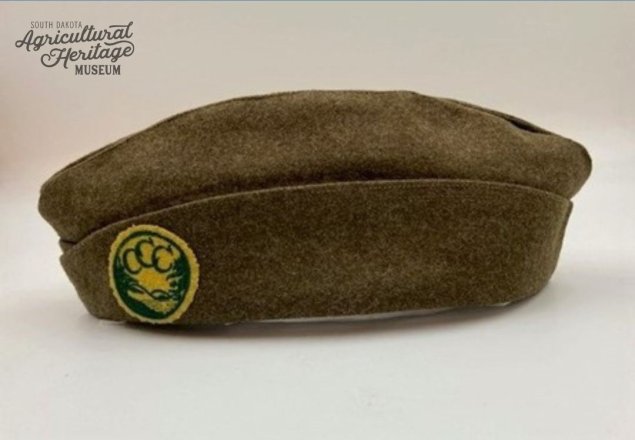
The Civilian Conservation Corps (CCC) was one of President Franklin D. Roosevelt’s most successful work-relief programs. The CCC, Works Progress Administration (WPA) and other relief programs helped the United States overcome economic depression and severe unemployment.
The CCC was established in April 1933. Young men between the ages of 18 and 25 could enlist to work on projects improving public lands, forests and parks. Women were not allowed to enlist in the CCC. The men lived in military style barracks and received $30 per month pay with the requirement of sending $22 to $25 of their pay to their family. Meals, lodging and medical care were provided. The men of the CCC planted trees, fought forest fires, maintained access roads, reseeded grasslands, implemented soil erosion controls, built bridges, campground facilities and water storage basins. While serving in the CCC, some men even received basic education and vocational training. Many illiterate men learned to read and write while serving in the CCC.
South Dakota had over 50 CCC camps. Between 1933 and 1942, over 30,000 men enlisted and served in South Dakota. The enlistees came from all over the country, not just South Dakota. The first CCC camp in South Dakota was Camp Este at Nemo. The men constructed dams, stock dams, planted trees, fought both forest and prairie fires and built campgrounds. In Custer State Park, Badlands National Park, Jewel and Wind caves, they built most of the structures that are still at these sites. In the eastern part of the state, they worked with soil conservation services building terraces, contouring furrows and digging out farms and fence lines from the drifted, drought-stricken soil. The citizens of South Dakota received many benefits from the work of the young CCC men.

